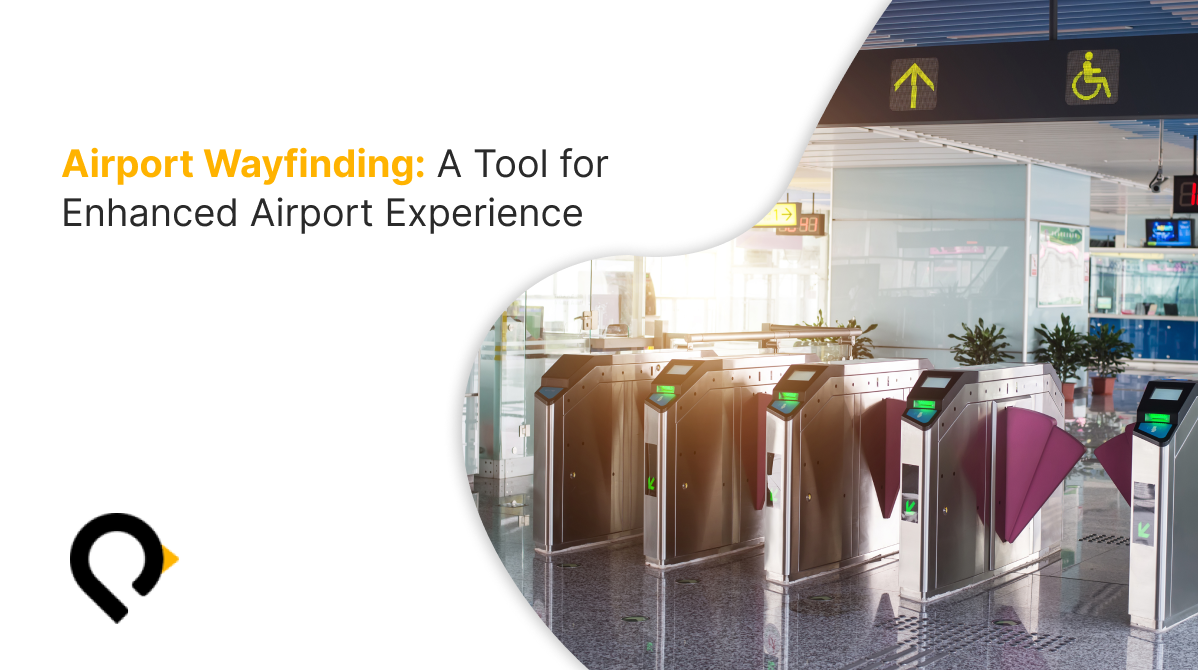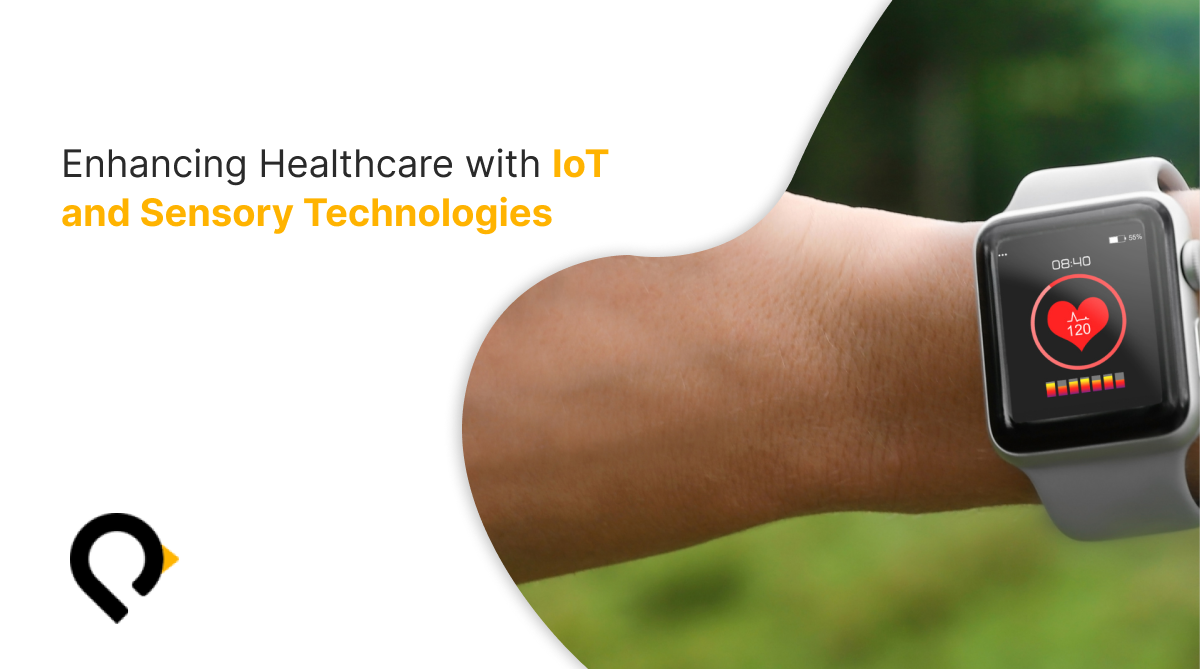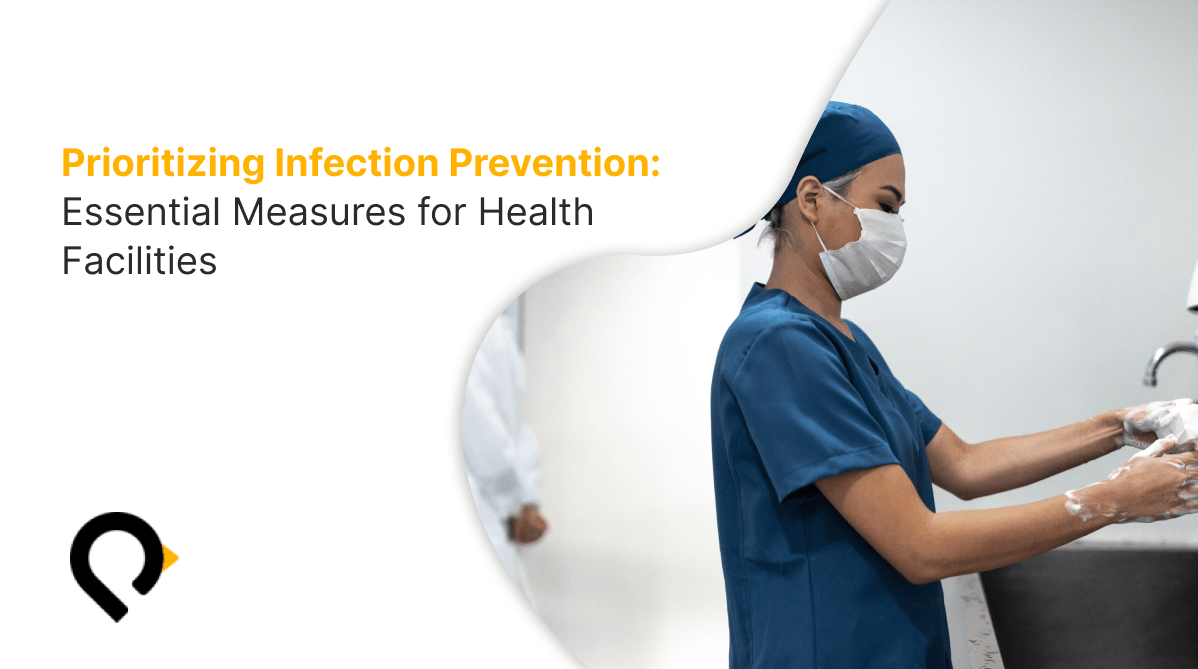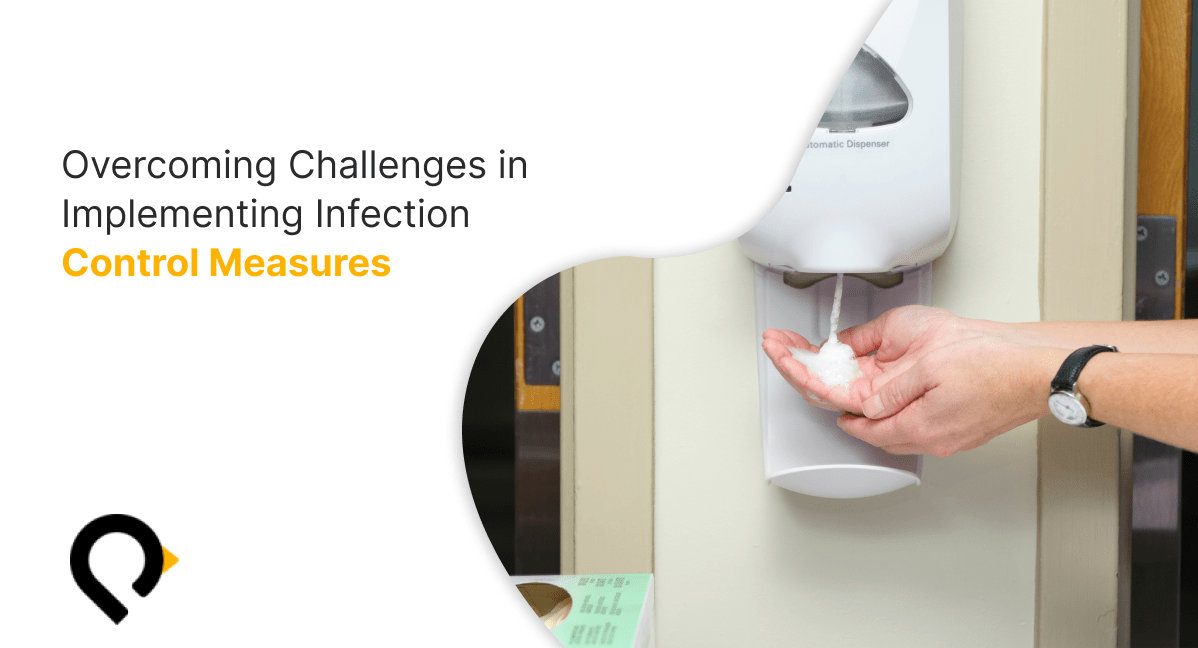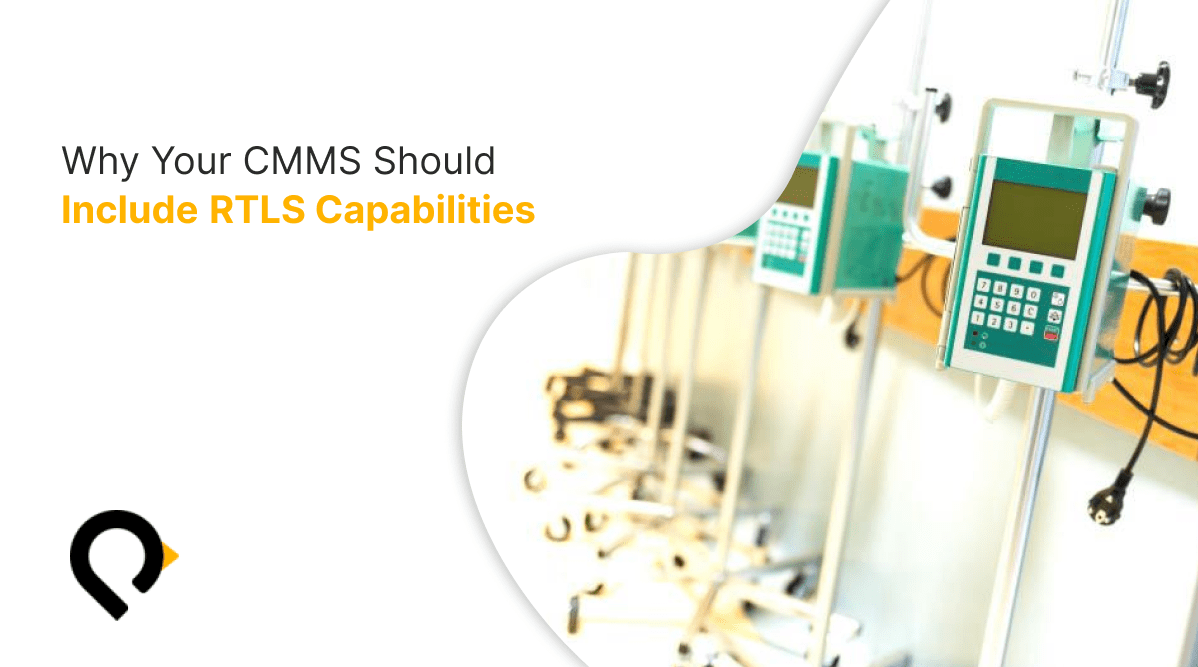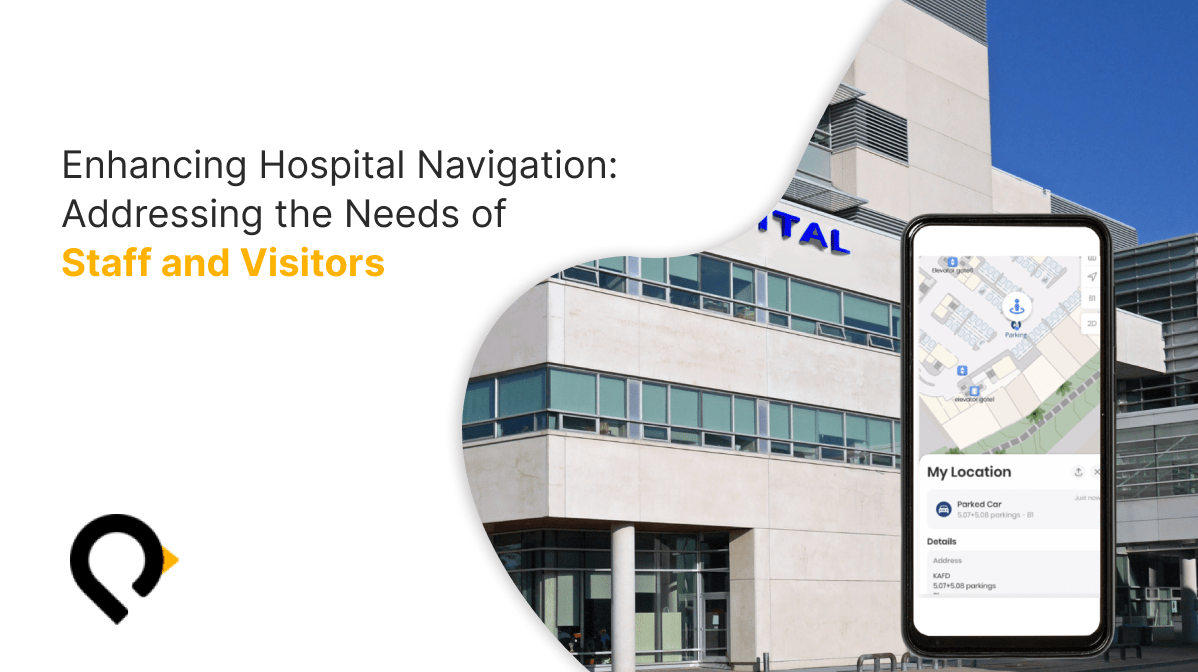As an airport operator, ensuring passenger satisfaction, efficiency, and effective workflow management is crucial. With advancements in technology, airport wayfinding systems are revolutionizing operations, promising significant improvements in both passenger experience and operational efficiency.
Key Questions for Airport Operators
Passenger Satisfaction:
How satisfied are your passengers? How do your travelers rate the services they receive at the airport? Which strategies do you employ to increase passenger satisfaction?
Passenger satisfaction is a critical metric for any airport. Studies have shown that 67% of travelers would travel more frequently if the airport and pre-flight experience were improved (MTT, 2014). Additionally, data shows that extremely satisfied passengers tend to spend twice as much at the airport (Michael Taylor, J.D. Power, 2016). Thus, improving the overall passenger experience not only enhances satisfaction but also boosts revenue.
Smartphones for Better Experiences:
Does your airport leverage passengers’ smartphones for better connectivity?
The integration of smart devices can significantly enhance the passenger experience. From real-time flight updates to personalized notifications, smart devices ensure passengers are well-informed and guided throughout their journey, reducing stress and improving satisfaction.
Efficiency and Workflow:
Which strategies do you use to improve efficiency and workflow? How do you ensure that every staff member is at the designated locations?
Staff management is a key driver for smooth operations at airports, where employee availability at designated locations directly impacts utilization and response times.
Advertising Strategies:
How do advertisers at the airport currently promote? Do they use physical or digital advertising? Do you benefit from their revenue?
Advertising at airports can be a significant revenue stream. Transitioning from traditional physical ads to digital signage in airports not only increases engagement but also offers real-time analytics to measure the effectiveness of campaigns. Proper application of airport wayfinding apps and digital signage may influence passenger spending behavior. Airports need to leverage data-driven insights to tailor promotions and offers that resonate with travelers, thereby enhancing their shopping experience.
Market Trends:
The need for improved airport experiences is underscored by market trends. As mentioned earlier, 67% of travelers would travel more if the airport experience improved (MTT, 2014). Moreover, there is a strong correlation between passenger satisfaction and spending, with highly satisfied passengers spending twice as much (Michael Taylor, J.D. Power, 2016). Efficient passenger flow is also crucial, as evidenced by Heathrow Airport’s calculations, where late-running passengers cause significant delays, costing millions annually (Telegraph, 2013).
Solutions from Penguin Location Services
Penguin Location Services offers innovative solutions tailored to address these challenges, enhancing both passenger experience and operational efficiency.
Indoor Airport Wayfinding:
Guide passengers inside complex airport facilities using static and real-time navigation. This feature ensures passengers can easily find their way using modern wayfinding signage, reducing anxiety and improving satisfaction.
Queue Optimization:
Dispatch passengers to the right check-in or security counter to shorten queue lengths and check-in times. Efficient queue management minimizes wait times and enhances passenger flow.
Parking Reminder:
Allow travelers to pin their car once they arrive at the airport. Assist your passengers in finding their vehicle’s parking lot after their travels. This feature alleviates the common stress of locating parked vehicles, especially after long trips.
Automated Attendance and Staff Tracking:
Benefit from staff automated attendance functionality, such as check-in and check-out times at particular counters. Send automatic alerts for late or missing staff to managers, or even track staff across large areas. This ensures optimal staffing and timely response to operational needs.
Conclusion
The implementation of airport wayfinding systems can elevate passenger experience at airports. By addressing key concerns such as passenger satisfaction, operational efficiency, and effective resource management, these systems offer well-rounded solutions that cater to the evolving needs of modern air travel. With Penguin Location Services, airports can not only enhance the overall passenger experience but also achieve significant operational improvements, ultimately driving higher satisfaction and revenue.

